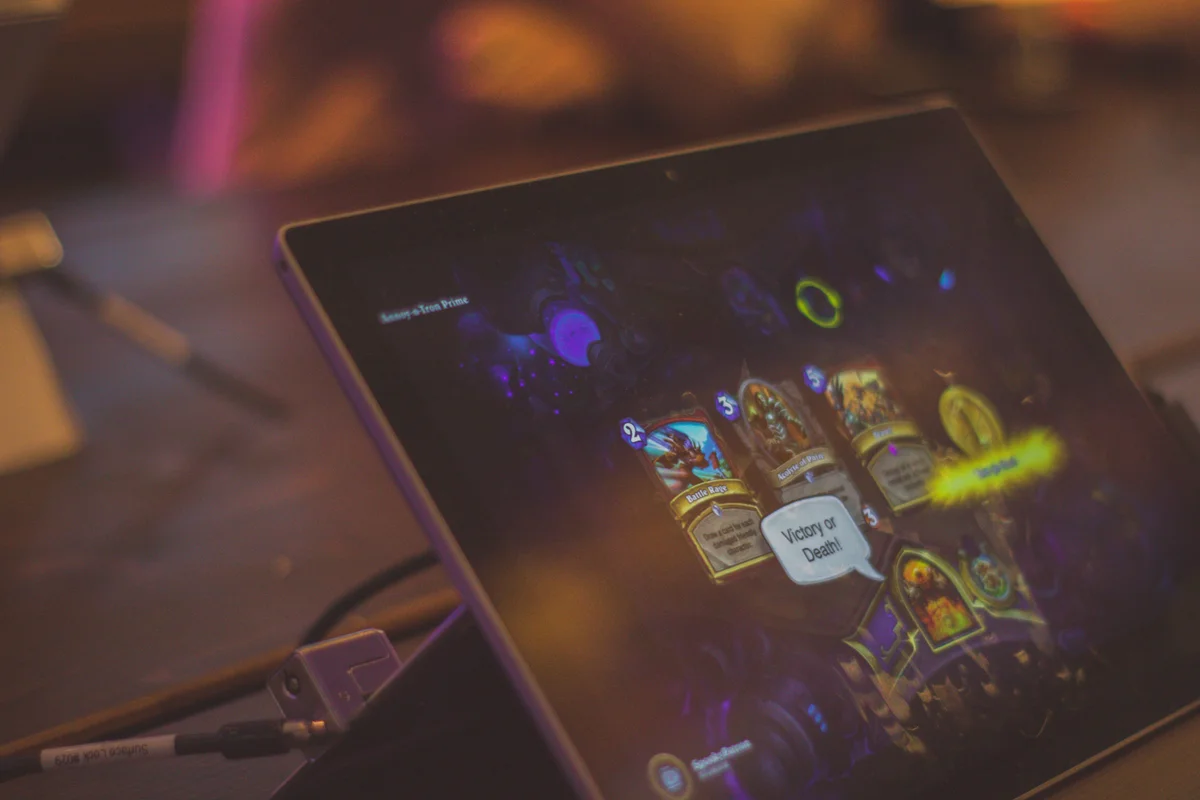Future of 6G: What do we really know about 6G?
What does 6G mean? Is it truly any better than 5G, or is it all hype? Does 6G have any actual chance of materialising? Who is driving the development of 6G? In this piece, we’ll answer a few of these questions.
This is the successor of 5G and is called 6G or 6th-generation wireless technology. Despite the fact that 6G is still under development, it has already made headlines because of the speed it will bring. 6G will operate on broadband cellular networks, just as its predecessors (4G and 5G). It will be compatible with both 4G and 5G networks. 6G-enabled goods and services are now being developed by a number of different firms, including Nokia, Ericsson and Huawei as well as Samsung, LG and Apple, as well as nations including India, China, Japan and Singapore.
The research phase of 6G development is still ongoing. Since the debut of 5G, many people wonder if 6G is even possible.
Is 6G a real thing?
It’s going to happen. In the meanwhile, though, 6G hasn’t worked. Until it is released, we will not even know if it will be dubbed “6G.” That it will ultimately displace 5G is the only thing we know for sure. Before moving on to 6G, mobile telecoms providers must first complete their 5G deployments. Governments are now funding early research initiatives in an effort to acquire an advantage in the marketplace.
When Can We Expect from 6G?
CTO Erik Ekudden and Verizon CTO Kyle Malady both agree that 6G is still a long way away. There is a lot of work being done on 5G by both firms. He predicts that it will be a decade before 6G is commercially available, given research into the technology is in its infancy. An ABI Research research and Huawei founder Ren Zhengfei’s forecast support each other.
The year 2030 has been selected by experts as the year of the first commercial deployment of 6G. Make sure you know why and what the future holds for this technology.
Also Read: Reasons Why Rural Areas Need High-Speed Internet
What’s New about 6G?
Experts predict that 6G will resemble 5G in many ways because it will be 5G’s successor. As technology improves with each new release, we may anticipate 6G to be quicker, lower latency, and offer larger capacity than current 4G networks.
Instead of relying on wired networks, 6G will eliminate the need for them entirely. Decentralized networks can be built using antennas on devices, according to researchers and experts who believe this can be done. Instant device-to-device connectivity, they claim, will be achievable because to faster data throughput and reduced latency in 6G. With 6G, self-driving vehicles, drones, and smart cities will all operate more smoothly and safely.
Who Is Developing 6G?
The governments of several nations, particularly the United States, have made significant expenditures on 6G technology.
- China has already sent a 6G satellite into orbit as part of its research efforts. A 13th satellite will be launched in November 2020. The satellite’s primary purpose was to conduct data transmission experiments across large distances in the terahertz region. It might also monitor crops, detect forest fires, and collect environmental data. As a result, 35 per cent of the country’s 38,000 patents are devoted to the 6G technology.
- Located in the University of Oolu in Finland, the region’s 6G flagship project aims to bring together 6G research from other countries.
- Japan has invested $482 million in research on 6G technology. Funding for creating a wireless research centre is also included in this grant.
- A 6G research facility will be established in Dresden, Germany in 2021 by Vodafone.
- For sophisticated technologies like holograms, Samsung is working on 6G in South Korea.
- By 2035, Russia is expected to have a 6G network, according to NIIR and the Skolkovo Institute of Science and Technology (Skolkovo).
- More than a third of the U.S.’s efforts in 6G is privately funded. However, in 2021, the government formed a joint venture with South Korea to do 6G research. Many mobile phone providers are already working on 6G technology. The Next G Alliance, comprised of AT&T, Verizon, and T-Mobile, as well as ATIS, was founded with the goal of organising and advancing 6G research across North America. 6G patents make up about 18 per cent of the total number of patents in the nation.
Conclusion
Experts believe that 6G will be ready by 2030 if their estimates are right. Let’s get the most out of 5G while we can.




